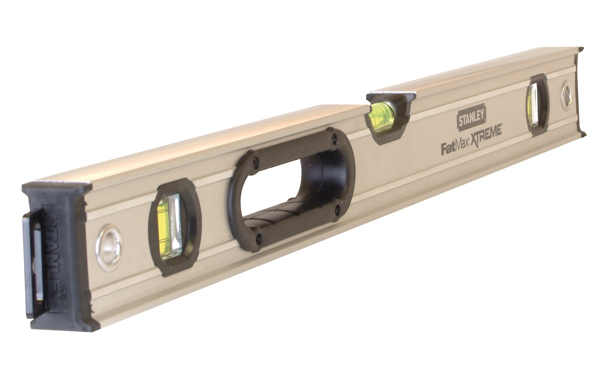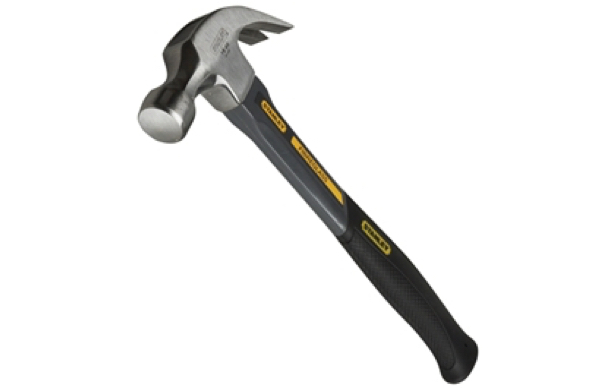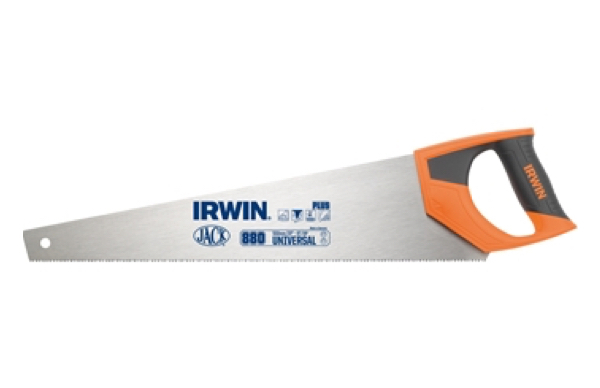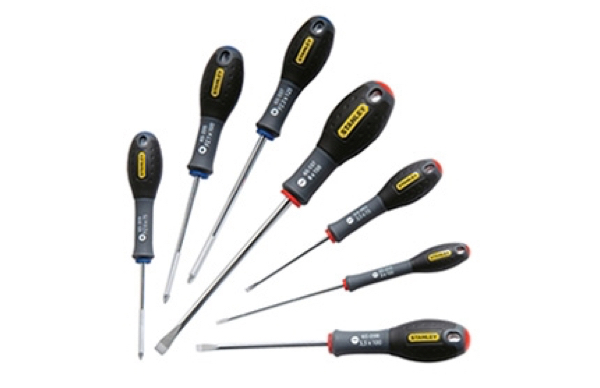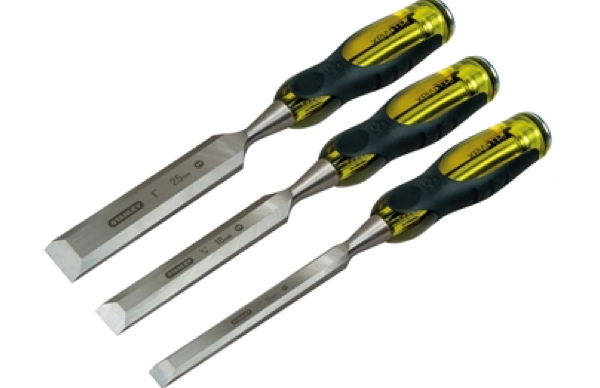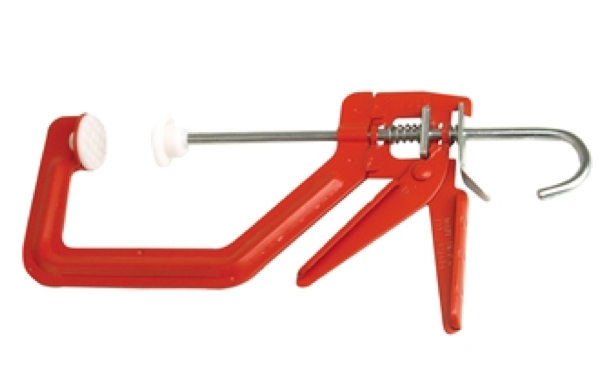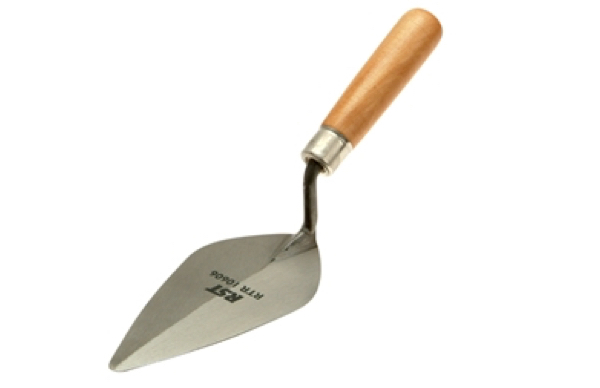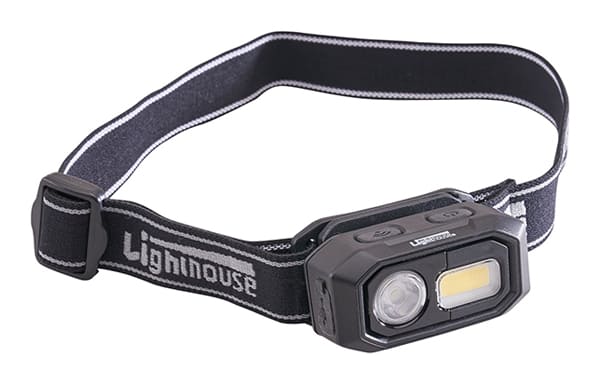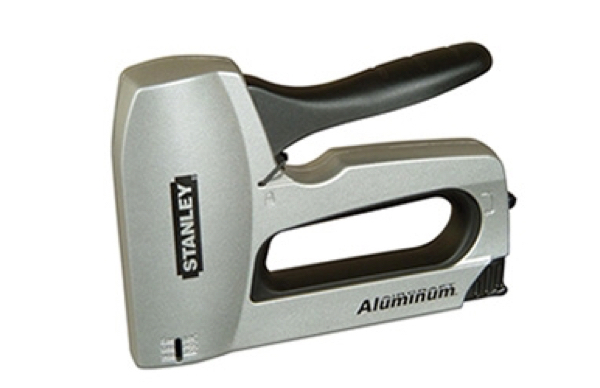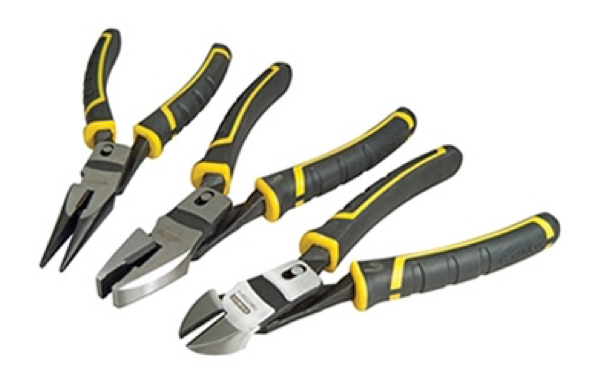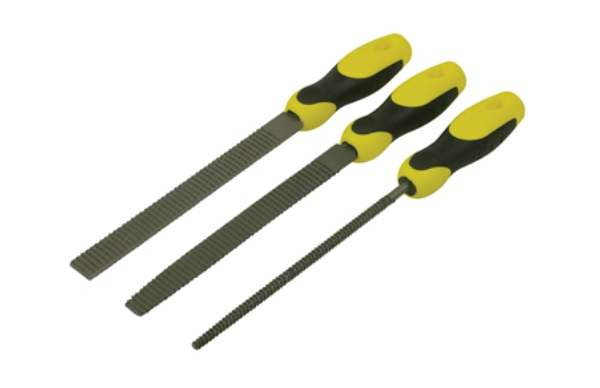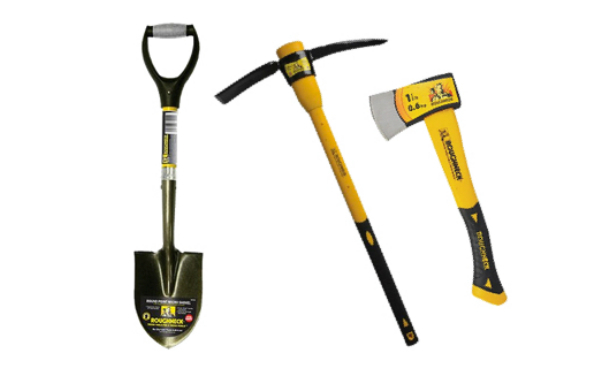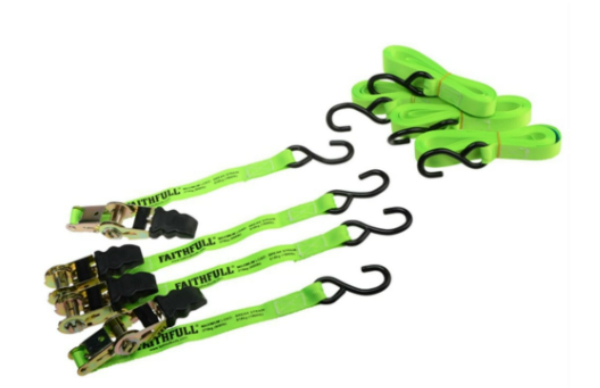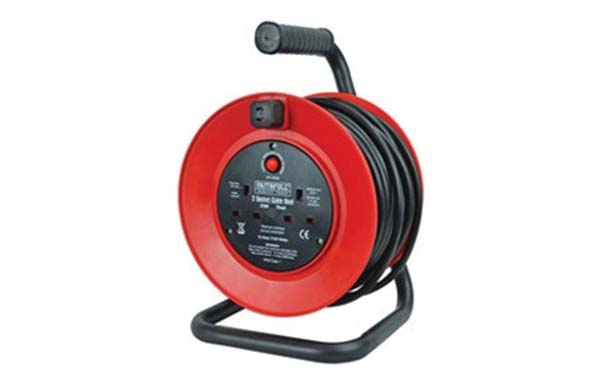About Our Hand Tools
Get hands-on with our selection of hand tool essentials, from saws to jaws and blades, to beam levels. Champion Timber prides itself on quality, this is why we stock the best top-of-the-range hand tools for you to get the job done right. Our range stretches from clamps and pliers to lighting and tapes. including big-name brands such as Stanley, Faithfull, Roughneck and DeWalt.Also, shop our full range of necessary hand tool accessories.
What is a Level?
A level indicates the horizontal plane. With a bubble of air inside a vial of encased liquid, the level shows when its frame is exactly horizontal to the earth's surface, called "level." Longer levels typically have additional vials turned perpendicular so the tool can measure vertical "plumb."
A Square, in measurement, device consisting of two straightedges set at right angles to each other. It is used by carpenters and machinists for checking the correctness of right angles, as a guide when drawing lines on materials before cutting, or for locating holes. The tools shown in the Figure are carpenter's squares.
Cold Chisels are used to cut through hard materials. They are often used to cut or shape metal when the stock is thick and where other tools, like a hacksaw or tin snips, would be unsuitable.
These heavy-duty blades are usually used in conjunction with a knife handle for safe and easy use and are typically made from carbon or stainless steel making them sturdy and snap-resistant.
Coping Saws are used for cutting fine, intricate interior cut-outs and intricate external shapes in carpentry or woodworking. They have a very narrow blade stretched across a D-shaped frame, and are widely used for mouldings when creating coped rather than mitred joints.
What are Hacksaws used for?
A hacksaw is a type of hand tool designed specifically for cutting through materials such as plastic, steel, and other metals. They are a variant of the traditional hand saw, typically used for cutting wood, and have become a staple tool for professionals and hobbyists alike.
This type of saw is designed to be pushed to cut and to prevent buckling; the blade is reinforced along the back with a strong steel spine. These saws are designed for finer work and are most often used with a bench hook for sawing work across the grain.
Screwdrivers are a household essential and a vital part of any toolkit, whether for a professional tradesperson or DIY’er. Choose a handle length and grip style that you find most comfortable, from stubby handles for working in tight spaces to soft-finish grips that are ideal for prolonged use. They can be either manual or powered and are used for the driving of screws into a variety of surfaces such as walls, wood, metal or porcelain. A typical model consists of a handle and shaft ending in a tip. The shaft is usually constructed from tough steel to resist bending and twisting. A variety of big brand names are available in addition to a range of sizes and head types to suit any job.
Planing tools are used for surfacing planing on flat surfaces and gear teeth. Planing tools include turning and planing tools and jigsaws and planing. Planes are the tools used for flattening, shaping, and reducing thickness. Planes produce a smooth surface.
What is a Chisel used for?
A Chisel is a cutting tool that has a sharpened edge at the end of a metal blade. It is used by driving with a mallet or hammer in dressing, shaping, or working a solid material such as wood, stone, or metal.
What is a Clamp used for?
Clamps are versatile tools that serve to temporarily hold work securely in place. They are used for many applications including carpentry, woodworking, furniture making, welding, construction and metalworking.
Depending on the size of the trigger clamp, it can be used for a range of work applications, from light-duty woodworking to heavy-duty metal construction and fabrication. It is an ideal clamp for holding a workpiece while performing a variety of tasks, such as cutting, sawing, sanding, glueing and nailing.
Corner clamps, as the name suggests, are clamps designed to clamp objects in a corner, I.e at 90° and 45°. The device is used to hold two items at a 90° or 45° angle before they are attached. Corner clamps are sometimes referred to as mitre clamps because they are regularly used to form mitre joints.
Plastering trowels are used to apply the plaster onto the surface and to even the materials out for a smooth finish. When using this tool, the correct amount of plaster should be placed on its flat surface to be applied on the wall or floor. Like most things, using a plastering trowel is easy once you know how to.
Sanding is carried out before finishing to remove defects from the wood surface that will affect the appearance and performance of finishes that are subsequently applied to the wood. These defects include cutter marks and burns, scratches and indentations, small glue spots and raised grain.
What Lighting products does Champion Timber offer?
At Champion Timber, we offer a choice of 2 essential lighting products that cover the main uses that any tradesman or DIYer may have. We offer a super-bright Faithfull task light that is perfect for placing somewhere semi-permanently on a job site so be used as lighting for the duration of the job. We also offer a lighthouse head torch that is extremely useful when a more portable, lightweight and compact form of illumination is required.
What is Task Lighting used for?
Task lighting provides increased light for specific tasks in a room that may already have some ambient light. Task lighting is especially useful for seeing small objects or objects of low contrast. For example, a person who is sewing would need extra light to easily see fine details.
Can you use a Staple Gun with timber?
A staple gun does not work properly on any material other than wood. It is essential that you use your staple gun on just your work surface and nothing else. If you try to use it on a material harder than wood, the staple may become ruined, or it may ricochet off the surface and hit you in the eye.
At Champion Timber, we offer a comprehensive range of Staplers that are all suitable for a range of various applications, such as fixing light upholstery, card, canvass and fine-wood trim. Our choice of Staplers all have adjustable settings so they can be used with different material thicknesses and are ergonomically designed for comfort. View our full range of hand tools.
A pop rivet gun is placed on the rivet, pulling the mandrel into the rivet body, causing it to expand and grip the parts to be joined. Once gripped, the mandrel snaps, permanently holding the rivet in place. This results in a localised joint.
The Champion Timber range of pliers and perfect for holding, bending and cutting a wide range of cables, wires and other materials. Most commonly used in electric work and for wire cutting and stripping. In most cases, these products consist of short jaws at one side of a fulcrum, and longer handles on the other side. The handles are gripped and when force is applied, the closing of the grip enables the jaws to close and manipulate the object or material being worked on. For electrical applications check for handles with insulation properties. The handles are designed for comfort and ease of use, as well as various leverage pressures for different jobs. The jaws of these tools can come in various types, materials, sharpness, shapes and sizes for a number of different functions. An extensive range of leading brands is available. Available as single tools, or sets of different sizes and uses.
What are Wrenches used for?
Wrenches are made in various shapes and sizes and are used for gripping, fastening, turning, tightening and loosening things like pipes, pipe fittings, nuts and bolts. There are basically two major kinds of wrenches: Pipe wrenches used in plumbing for gripping round (cylindrical) things.
The most common type of spanner wrench is the C spanner. Its head is open in the shape of the letter C, and its jaws are meant to correspond to a similarly sized nut. The obstruction spanner is similar to the C spanner, except its jaws are angled more steeply to enable you to reach nuts in confined spaces.
The wire brush is primarily an abrasive implement, used for cleaning rust and removing paint. It is also used to clean surfaces and to create a better conductive area for attaching electrical connections, such as those between car battery posts and their connectors, should they accumulate a build-up of grime and dirt.
To browse a further range of over 25,000 products please visit our trusted supplier here - ToolBank.


